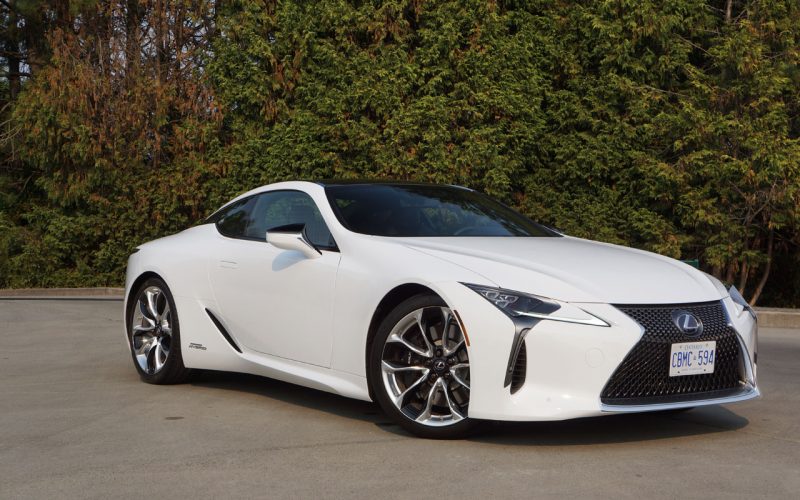
Reading Time: 14 minutesEvery luxury brand has models that sell in volume and therefore provide necessary income and hopefully

Reading Time: 4 minutesUp to this point Porsche has offered its 718 Cayman coupe and 718 Boxster roadster in

Reading Time: 6 minutesWith the Genesis Coupe now long gone, and Genesis itself becoming a standalone luxury brand, this

Reading Time: 3 minutesIf you haven’t driven a Mustang for a while, I highly recommend you take one out
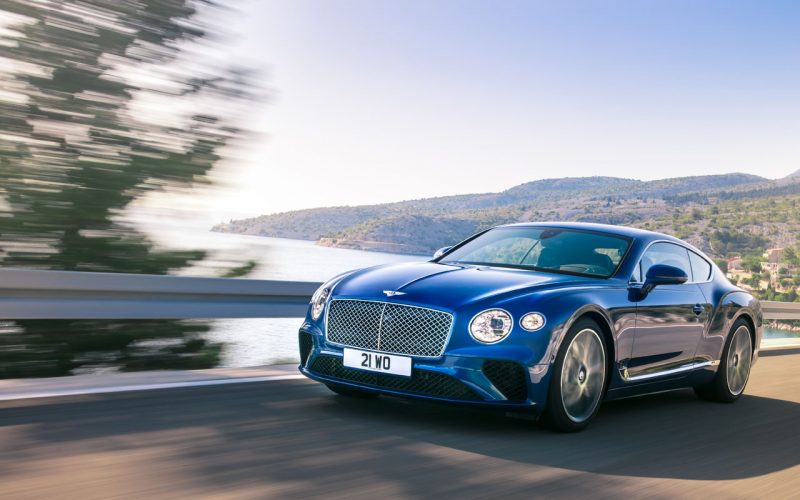
Reading Time: 10 minutesBeauty is in the eye of the beholder, but almost every car enthusiast found the original
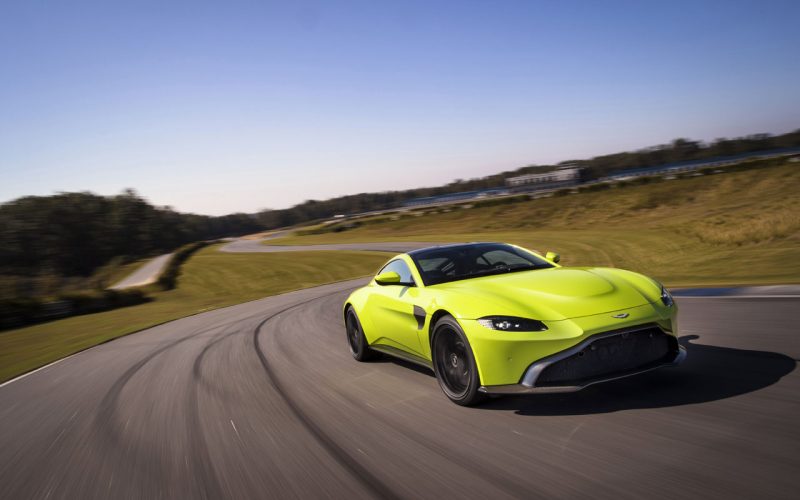
Reading Time: 8 minutesThe age-old question “Porsche 911 Turbo or Aston Martin Vantage?” has taken on even greater relevance
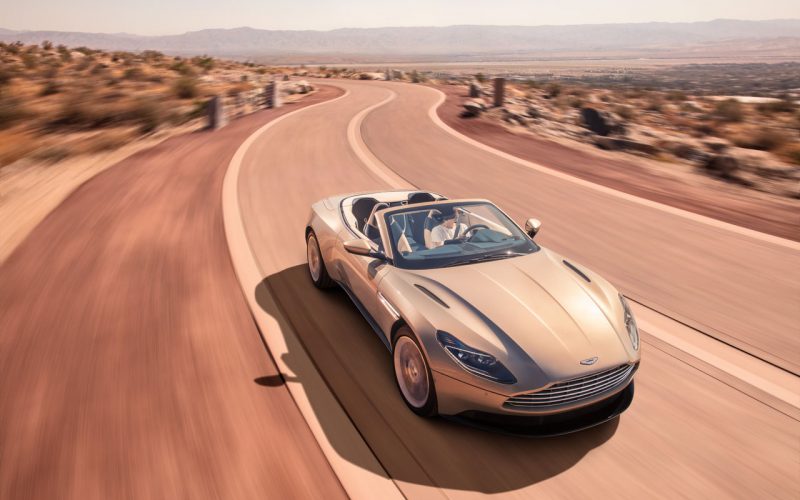
Reading Time: 6 minutesAston Martin has been revising its entire model range in recent years, with a dynamic new
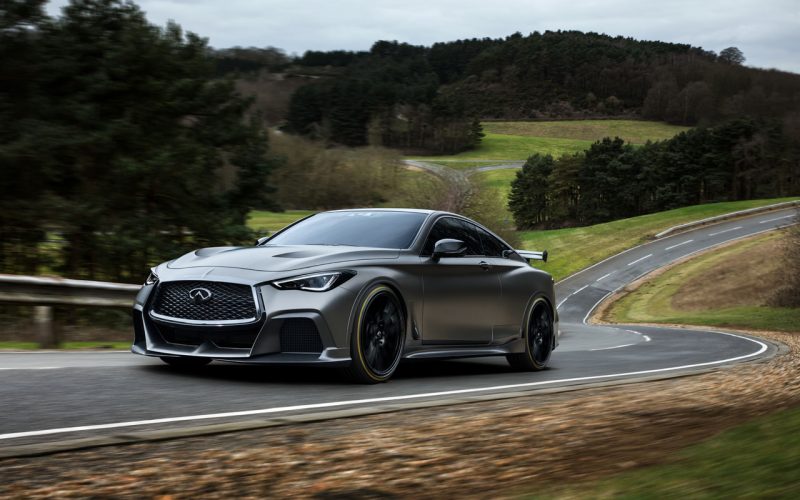
Reading Time: 8 minutesWith 2017 coming to a close, we’re taking a look at some of the year’s more
© 2025 The Car Magazine. All Rights Reserved, Privacy Policy | Terms of Use